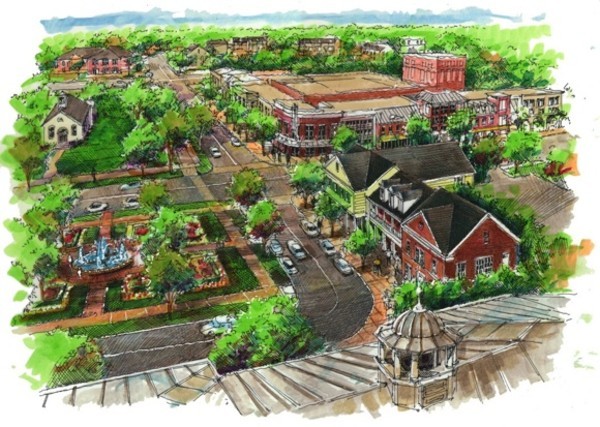Statistics show that over the next 40 years populations are only increasing. This increase will take place in cities, which will require them expand outward or increase within. Over those next 40 years, our already old infrastructure will reach the end of its life and need to be replaced. With all this infrastructure needing to be replaced, city and urban planners have the incredible opportunity to design and build the next generation of livable cities. “A livable city provides mixed-use development with safe and healthy neighborhoods, places for social interactions, interconnected green space, food, clean air and water, power from renewable energy, multiple modes of easy-to-use transportations, economic opportunity, and social inclusion” (Robertson, P. 208).
http://oi46.tinypic.com/6o216s.jpg
Developing and planning these livable cities presents new challenges of incorporating the new renewable energy sources, being climate neutral, and many other requirements. Many professionals will be enlisted to use their specialty to plan healthier and sustainable cities. Also, communities will need to come together to find creative solutions and help those in charge make decisions that are right for their home. “When innovation solutions come from members of a community, the solutions are far more likely to be implemented and to remain durable elements of community life” (Robertson, P. 212).
There are five D’s when it comes to urban planning and developing a city: density, diversity, design, destination accessibility, and distance to transit. Density refers to the number of people or dwelling units per acre. If planned correctly, density can have a positive effect on our environment. A great example is New York City; the city has per capita less than 1/3 the US average carbon dioxide emissions. This is because most everything is walking distance, and there is reliable public transportation. Mixed use buildings and walkable neighborhoods also play an important role. Buildings had retail and public space on the lower floors than residential on the upper floors it would allow residents to walk to pretty much all their destinations. This provides independent to those are too young to drive and those who are too old to drive. Also, it allows people to get out of their rat race and walk outside and enjoy some vitamin D and fresh air.
http://www.ronbeitler.com/wp-content/uploads/2012/06/walkable-photo.jpg
In the coming years, cities will be impacted by changing climates in many ways. Heat waves, drought, changing precipitation patterns, and changes in the ecosystem structure thereby affecting a cities ability to provide local food sources. Due to changing times, many cities are developing climate action plans. “These plans typically have parallel goals; to mitigate greenhouse gas emissions and move toward climate neutrality to help reduce the severity of climate changes (Robertson, p. 220). So far the cities of Chicago, Seattle, and New York City have developed detailed plans. Some of the plans outline the need to increase the use of locally produced materials, increase renewable energy, protect water resource and promote high-performance buildings.
http://wun.ac.uk/images/globalchallenges/climatechange.jpg



No comments:
Post a Comment